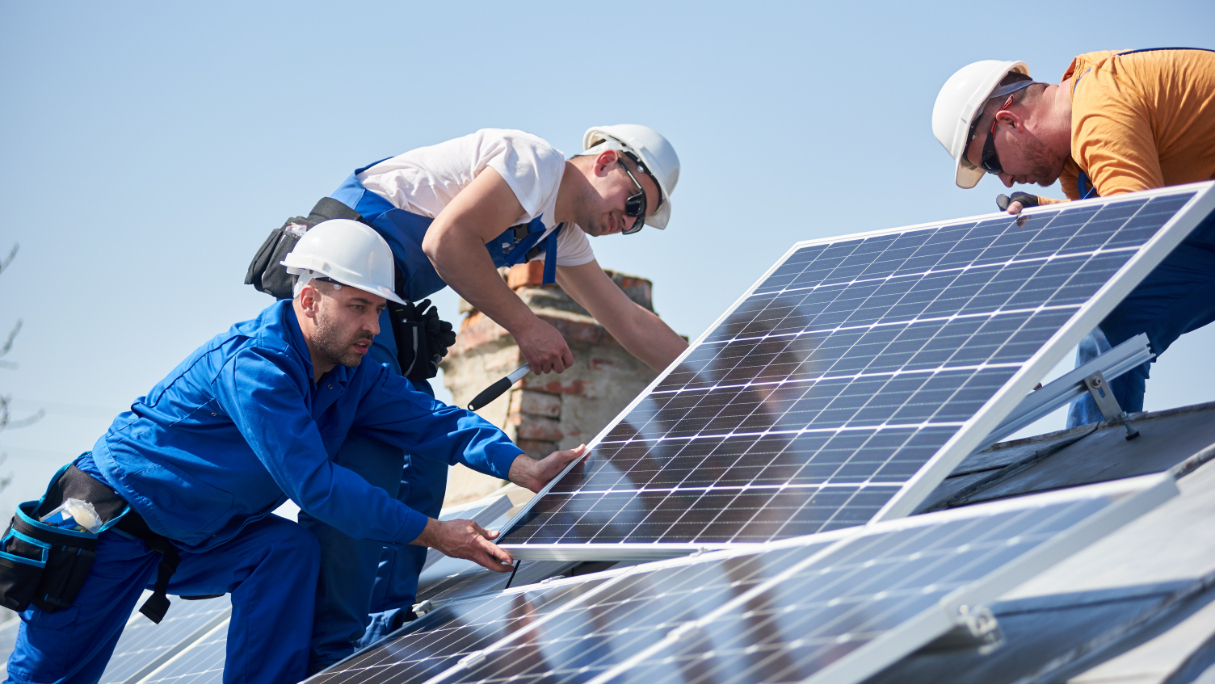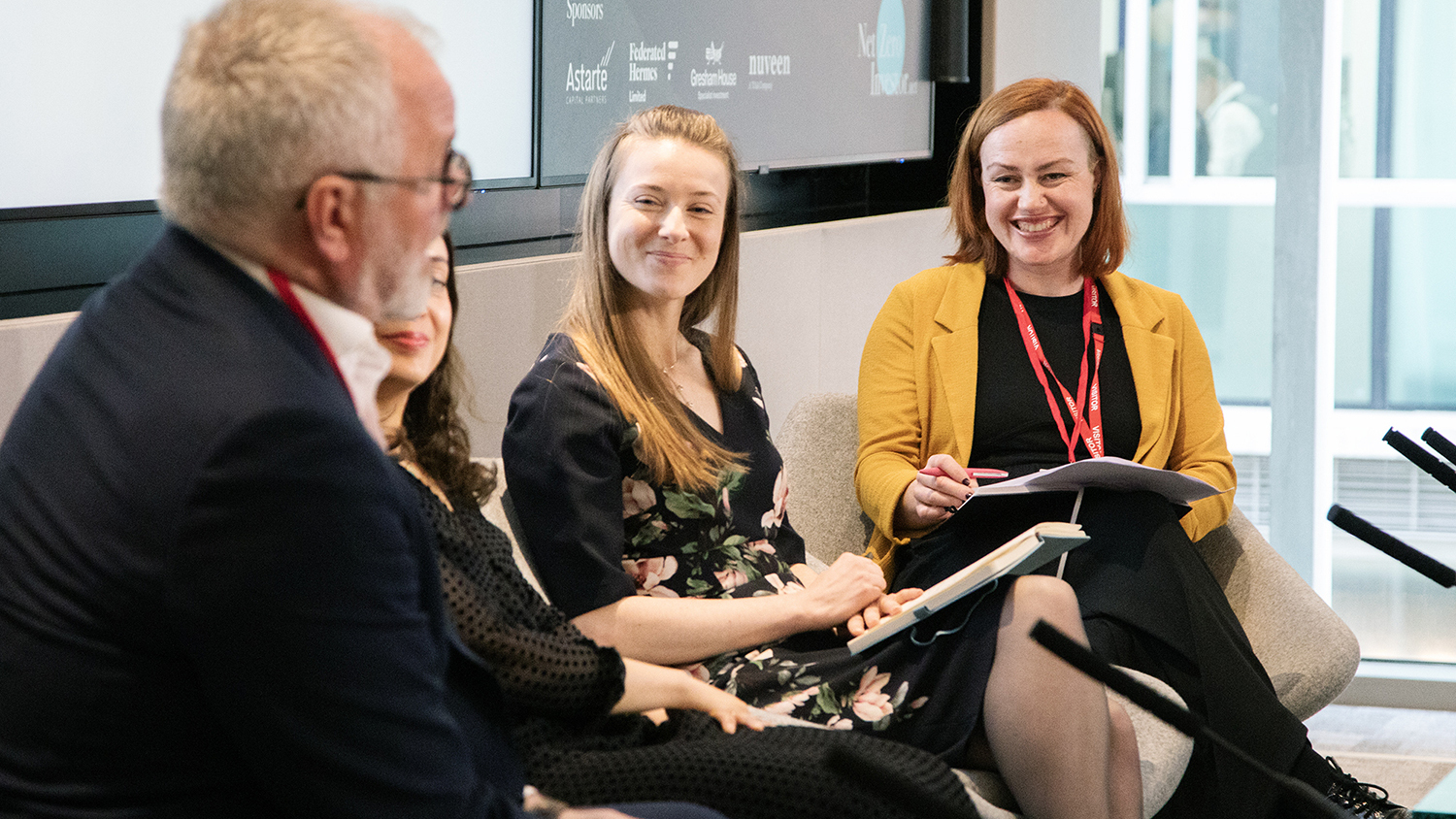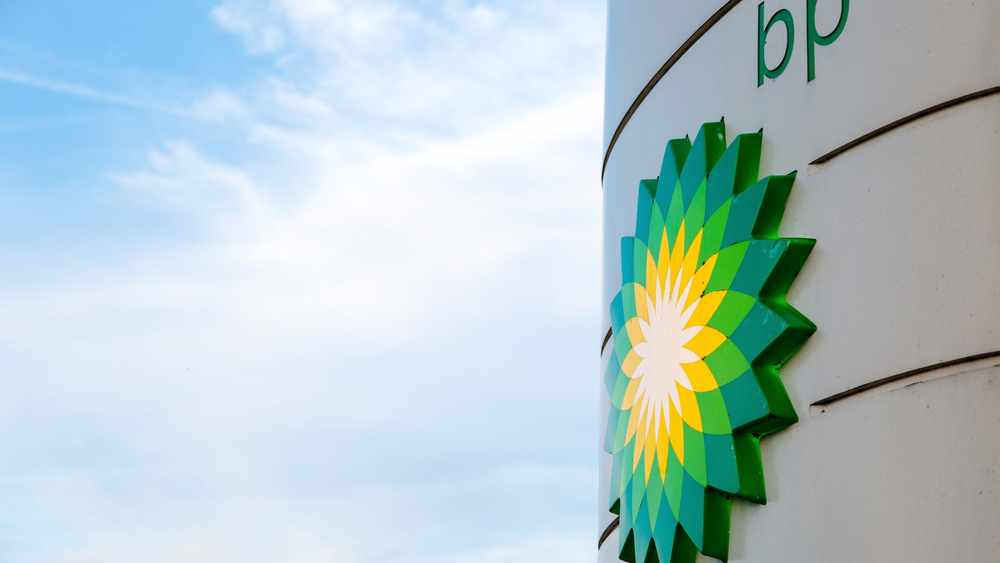
A global call to green arms
There is no end in sight to the ‘arms race’ on green subsidies that has been sparked by the passage of the US Inflation Reduction Act.
Since it was signed into law by President Biden in August 2022, the US Inflation Reduction Act (IRA) has sparked fierce international debate in the halls of domestic power. Some argue that the act, a green subsidy programme, is in the interests of global mitigation efforts since it could potentially slash US carbon emissions by 40% by 2030. Others, such as the German and French economy ministers who recently visited Washington, suggest that it negatively affects the competitiveness of their firms in the North American market.
The IRA is part of a global call to green arms: a rush to incentivise and subsidise clean energy investments in domestic markets. This type of policy making, simultaneously reactive and proactive, has been seen before. It resembles the arms race of the 1960s and the “race to the bottom” tax competition unleashed in the 1980s. Researchers’ investigations of these experiences leave us with three key insights.
Capital is a scarce resource with a reasonable array of alternative deployments. Therefore, increasing green investments in one country comes at the cost of reducing green investment elsewhere.
Zero-sum logic of capital attraction
Clean-tech investments are mobilised by companies that deploy the necessary capital. Granted, in some countries, domestic firms might spearhead investment but, realistically, attracting global capital is a critical component of the green arms race. Consider for a moment the theoretical proposition that capital is a scarce resource with a reasonable array of alternative deployments – therefore, increasing green investments in one country comes at the cost of reducing green investment elsewhere.
There is some evidence that this theory has an audience. Countries are framing green stimulus packages outside their own as a reason for capital flight. James Alexander, the chief executive of the UK’s Sustainable Investment and Finance Association recently told Net Zero Investor that “As soon as the Inflation Reduction Act came in, some projects basically upped sticks and moved to the US where the investment system made much more sense”.
Alexander’s observation points to a wider reality: the more that green stimulus packages proliferate, the more countries begin to feel the “fear of missing out”.
Along similar lines, the EU has protested against the UK’s use of subsidies to attract investment in offshore wind. The EU made the case that local content requirements in its Contracts for Difference scheme, do more harm than good: “Discriminatory trade practices, such as the UK ones challenged today, encourage the move of investments away from the EU, impacting the EU’s competitiveness in the sector and, in general, undermine efforts to address the climate crisis”.
Action-reaction
Another key lesson from the 1960s is that the call to arms is by its very nature reactionary – countries build up their arms base in reaction to an external threat that is both direct and credible. To some extent, German and British naval build-ups were connected by reverse-causality. US Secretary of Defence Robert McNamara called this the “action-reaction phenomenon that fuels the arms race” .
Similar discourse has entered the green subsidy race. Broadly speaking, countries have responded to the IRA with an astute conclusion of “we need one of our own”. It is therefore of use to question the extent to which green subsidies represent an external threat that necessitates domestic response. The answer is less than straightforward. Based on the capital flight argument,one might be lured to frame every green subsidy as worthy of a fitting response.
However, breaking down the arguments against the IRA helps point out a specific condition under which a green subsidy programme is seen as a threat: an explicit domestic industry bias. This bias comes through in policy components such as local content requirements, as the EU has argued. A domestic industry bias means that green subsidies could be viewed as both disruptive and unfair. That is what will make them threatening.
Ursula von der Leyen, president of the European Commission, stated at the World Economic Forum annual meeting in Davos in January that: “Our aim should be to avoid disruptions in transatlantic trade and investment. We should ensure that our respective incentive programmes are fair and mutually reinforced and we should also set out how we can jointly benefit from this [renewable energy] massive investment.”
The EU’s latest incentive programme – the Green Deal Industrial Plan – was announced by von der Leyen at Davos and then formally launched on 1 February. It includes the Net Zero Industry Act, and, echoing the IRA, aims to cut red tape and deliver tax breaks to ”enhance the competitiveness of Europe’s net-zero industry”.
How will the race end?
Countries have competed to attract capital before. A critical tool in their arsenal has hitherto been corporate tax rates. While tax competition is far from a historical phenomenon, numerous attempts have been made to reduce it. The need to erode tax arbitrage and establish a rules-based approach have been key pillars of these attempts.
Applying this to the green arms race, it seems clear that arbitrage is a driver: countries are essentially trying to out-bid each other. In addition, researchers have studied disputes involving green subsidies at the World Trade Organization (WTO) level and concluded that new rules are needed. However, it is not entirely clear if the WTO is the apt platform for green cooperation.
So, a rules-based approach, at least at a multilateral level, seems a far stretch at present. Bilateral attempts at finding common ground are underway. How effective will they be? The jury is still out on that.
For the time being, any arms race is underpinned by an “us vs them” dichotomy. In so far as that remains true, history suggests that the arms race on green subsidies might only be beginning.
Atharva Deshmukh is Net Zero Investor’s head of research.




